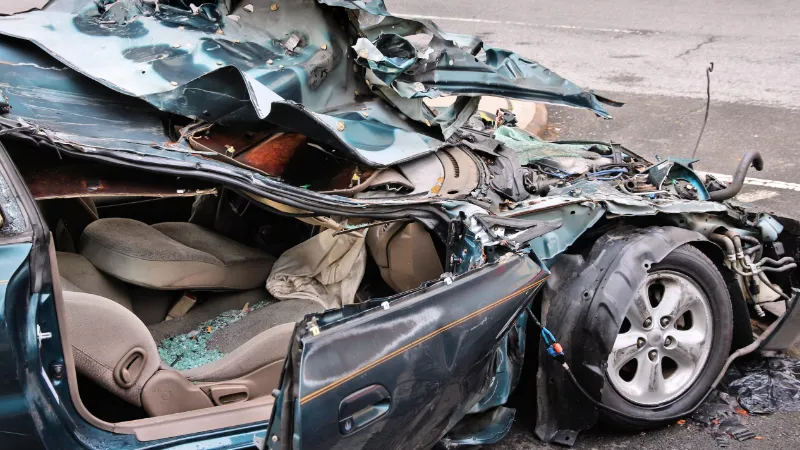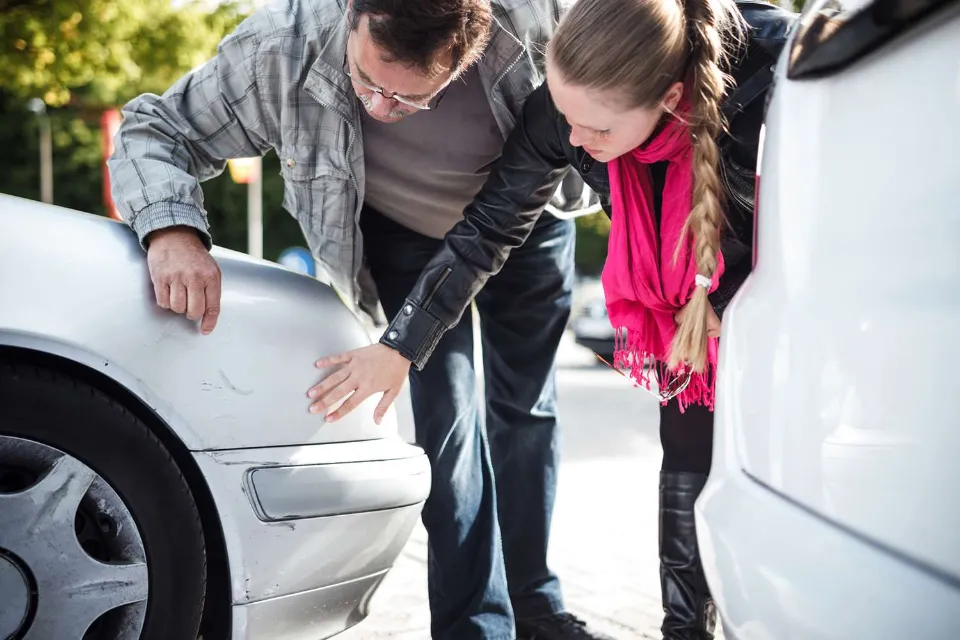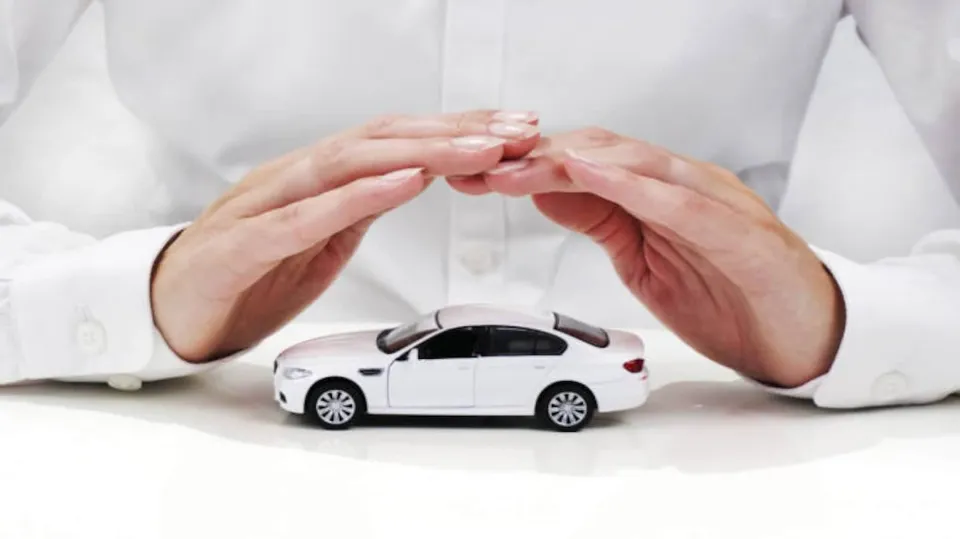A contract governing your auto insurance exists between you and the provider. As long as you continue to pay for coverage, the provider will cover the cost of injuries, vehicle repairs, and other types of property damage.
The coverage limits you select when buying auto insurance will determine the degree of financial security provided by your policy. As you increase your policy’s car insurance limits, the money you owe — called your insurance premiums — goes up.
If your car is stolen, damaged, or involved in an accident with another driver, you use your insurance to cover the costs. While the cause of the damage and who was at fault may have an impact on how the claims process works and whose insurance covers damage, generally speaking, you file a claim to avoid bearing the costs of an accident on your own. Furthermore, insurance follows the car, so if a friend or member of your family borrows your vehicle and has a collision, your insurance will pay for the repairs.
The cost of repairing your vehicle may be covered by your insurance company or by a mechanic. If your vehicle is leased, you might have to pay a claim to your creditor or leaseholder.


How Do Car Insurance Claims Work?
Following an accident, you file a claim to cover the cost of the injuries and property damage. Making a record of the incident that damaged your car and having your insurance company verify it is what an insurance claim is. Once you file a claim for damages and your claim is verified, your insurer can cover the costs.
Many of the most well-known insurance companies allow drivers to make claims online or by using the insurer’s app. When you initiate a claim after an accident, your insurer will ask you for the following details:
Contact information from any other drivers and witnesses
Whether anyone was injured
License plate numbers and descriptions of any other cars involved
Photos and descriptions of the scene and any damage
Names and details of responding law enforcement officers
Working with an insurance adjuster is a requirement of the claims procedure. After an accident, an adjuster decides who is at fault and how much you should be compensated for damages. If your claim is approved, you will receive compensation for the cost of your losses and injuries.



What Does Car Insurance Cover?
Injuries and property damage brought on by various covered sources are covered by auto insurance. Depending on how much auto insurance you have and who was at fault for the damage, your policy may or may not cover certain losses.
You have a minimum-coverage policy if your coverage is merely adequate to satisfy your state’s requirements. A policy with comprehensive and collision coverage is called full-coverage insurance.
Liability insurance: Also called third-party auto insurance, liability insurance keeps you from having to pay for the injuries and damage you cause to other people and their vehicles or property. The other driver submits a damage claim to your insurer following a collision you caused. You won’t be responsible for paying for the damage if your insurance is adequate.
Full-coverage insurance: If you add comprehensive and collision coverage to your policy, you’re fully covered from damage that you cause to your own car (minus your policy’s deductible). Even if your car is not damaged in a collision, full coverage will still pay for the cost of repairs. For instance, full-coverage insurance covers damage brought on by animals, the elements, and theft.


